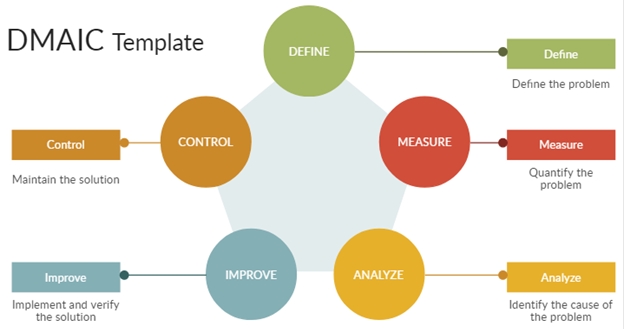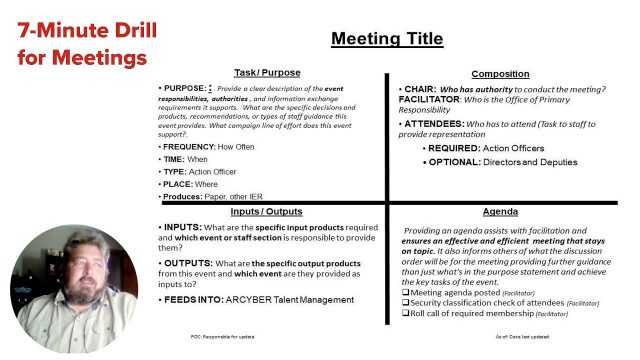
Organization Management Rhythm (part 4): Change management
This article is part 4 of a series of articles on Organization Management Rhythm.
The purpose of the Organization Rhythm Change Management (ORCM) process is to establish a codified, repeatable procedure for the adjudication of requests to modify the Organization Management Rhythm. This process is necessary in order to effectively manage the day-to-day Organization Rhythm of the staff and ensure the information exchange requirements are delivered in a timely and effective manner. This process is designed to be both agile and enduring in that it can accommodate the full range of Organization Rhythm changes (i.e., one time temporary changes through permanent additions / modifications of Organization Rhythm events).
The ORCM process leverages the information contained in the staff’s request in order to make informed decisions regarding changes to the Organization Rhythm. To this end, it is incumbent on organization rhythm event owners to maintain accurate and relevant seven-minute drills for their respective events.
This is where the DMAIC (Define, Measure, Analyze, Improve, and Control) process starts to come into play (Figure 1).

Define the changes that have been identified to occur. This is to clearly identify the exact issue the current meeting has. If it has morphed to another topic then it is a new meeting with the old name. Organizations frequently have the “Meeting” in which the name of the meeting has nothing to do with it but the name stayed the same.
Measuring is designed to measure the effectiveness of the change that has been done. This can be as simple as, does the new name actually reflect the meeting name. Identify if significant performance has been accomplished. If the meeting was changed to save time, how much time did it save?
Analyze the problem and see if it identified the root cause of the issue. A common way to do this is to ask why three times. Why has it been this way? Why has it not changed? Why can it not be changed? This will help list and prioritize the processes input and outputs to the processes. It can create a map through the investigation of the problem.
Improve is designed to rest and implement the changes to the meeting or the timelines as they have been adjusted. Does it make more sense to have the meeting before lunch or right after? Has the improvement been fixed and prevented the process that caused the problem. Has an implementation plan been identified to actually follow through?
Control means stability. Has the meeting been approved through the high level staff or is it an outlaw meeting that is taking place. This is all about making the changes stick and adhering to them. Gaining approval for the changes is critical to them creating the stability needed in a workplace.
Next part (part 4.1): Change management – Operating procedures.
Acknowledgements: Thank you to Tomi Antill, Keith Davis, Elise Keith from Lucid Meetings, JFHQ-C Leadership, and Kendra Albright from Kent State University, without whose support this series would not have been possible.
Header image source: U.S. National Archives, Public Domain.






